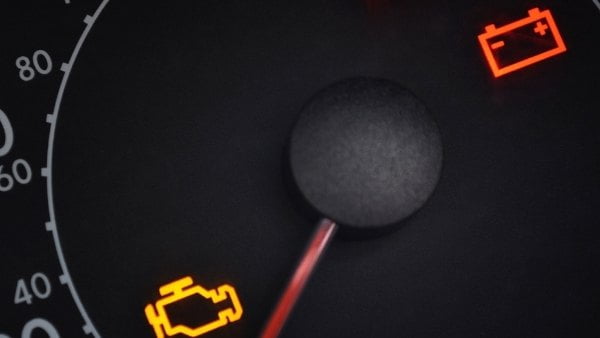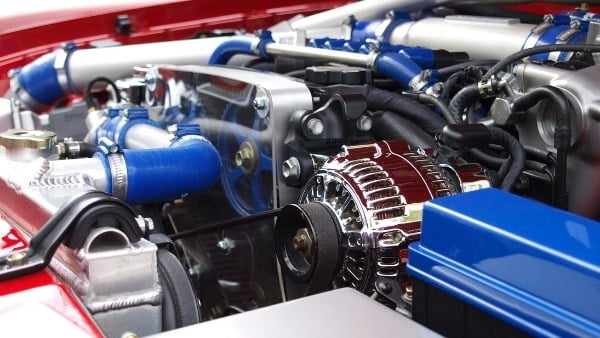
As a Toyota Tundra owner, you take pride in the performance and reliability of your vehicle. However, like any other machine, your Tundra may experience occasional issues that require attention. One such issue is the “Toyota Tundra check engine light,” which can cause concern. The check engine light indicates that your vehicle’s engine control module (ECM) has detected a problem with one or more systems.
In this blog post, we’ll discuss the possible reasons for the check engine light and what you can do to diagnose and fix the issue.
What Does The Check Engine Light On My Toyota Tundra Mean?

The check engine light on your Toyota Tundra indicates an engine or emissions system issue. It could be a minor issue, such as a loose gas cap, or a more serious problem that requires professional attention. Diagnosing and fixing the issue promptly is essential to prevent further damage to your vehicle.
However, people wonder “How To Toyota Tundra Checks The Engine Light,” and “the possible cause of Toyota Tundra Check Engine Light problems.
How Can I Diagnose the Issue Causing the Check Engine Light to Turn on in My Toyota Tundra?
Possible Causes of Toyota Tundra Check Engine Light:

- Diagnostic Trouble Codes (DTCs): When the check engine light turns on, the first step is to retrieve the diagnostic trouble codes (DTCs) using an OBD-II scanner. These codes indicate the system or component causing the engine malfunction.
- Engine Sensors: Toyota Tundra check engine light can be triggered by faulty engine sensors such as the oxygen sensor, mass airflow sensor (MAF), or crankshaft position sensor. These sensors play a crucial role in regulating the fuel and ignition systems and can lead to poor performance or increased emissions when they fail.
- Engine Control Module (ECM): The ECM monitors and controls the Tundra’s engine systems. If the ECM detects a problem with one of its sensors, it may trigger the check engine light.
- Catalytic Converter: A failing catalytic converter can cause the check engine light to turn on. The catalytic converter is responsible for reducing Tundra’s engine emissions. When it fails, it can lead to increased emissions and decreased performance.
- Fuel System: Issues with the fuel system, such as a clogged fuel filter or a failing fuel pump, can trigger the check engine light. These issues can result in poor fuel efficiency and engine performance.
- Ignition System: The check engine light may turn on if there is a problem with the ignition system, such as a failing ignition coil or spark plugs. These issues can lead to misfires, decreased performance, and increased emissions.
- Exhaust System: A problem with the exhaust system, such as a leak or a failing sensor, can cause the check engine light to turn on. These issues can lead to increased emissions and decreased performance.
- Engine Oil Level and Pressure: Low engine oil level or pressure can trigger the check engine light. This issue can lead to engine damage if not addressed promptly.
Related: The Blinking Check Engine Light in Toyota Vehicles: What Every Driver Should Know
Diagnosing and Fixing Toyota Tundra Check Engine Light:

Once you have retrieved the diagnostic trouble codes (DTCs) using an OBD-II scanner, you can use them to identify the specific system or component causing the check engine light to turn on. Here are some possible solutions:
- Replace faulty engine sensors.
- Repair or replace the catalytic converter.
- Clean or replace the fuel filter or fuel pump.
- Replace faulty ignition coils or spark plugs.
- Repair or replace any leaks or failing sensors in the exhaust system.
- Check the engine oil level and pressure and add oil if necessary.
Can I continue to drive my Toyota Tundra with the check engine light on?
How much does diagnosing and fixing the Toyota Tundra check engine light cost?
Can a generic OBD-II scanner diagnose the Toyota Tundra check engine light?
Conclusion:
The Toyota Tundra check engine light can be a concern for any Tundra owner. However, it is essential to address the issue promptly to avoid further damage to your vehicle. By understanding the possible causes and solutions for the check engine light, you can diagnose and fix the problem and ensure your Tundra’s optimal performance and emissions. Regularly check your Tundra’s engine oil level and pressure and seek professional help. Your Tundra’s reliability and longevity depend on it.
Suggestion:
This is really interesting, You’re a very skilled blogger.
I have joined your rss feed and look forward to seeking more
of your magnificent post. Also, I have shared your web site in my social networks!